I am looking for library routines for the image enhancement of (scientific) plots and diagrams. Typical examples are shown in
http://www.jcheminf.com/content/pdf/1758-2946-4-11.pdf
and Figure 3 of http://en.wikipedia.org/wiki/Anti-aliasing
These have the features that:
- They usually use a very small number of primitives (line, character, circle, rectangle)
- They are usually monochrome (black/white) or have a very small number of block colours
- The originals have no gradients or patterns.
I wish to reconstruct the primitives and am looking for an algorithm to restore clean lines in the image before the next stage of analysis (which may include line detection and OCR). The noise often comes from :
- use of JPGs (the noise is often seen close to the original primitive)
- antialiasing
I require Free/Open Source solutions and would ideally like existing Java libraries. If there are any which already do some of the job or reconstructing lines that would be a bonus! For characters recognition I would be happy to isolate each character at this stage and defer OCR, though pointers to that would also be appreciated.
UPDATE: I am surprised that even with a bounty there have been no substantive replies to the question. I am therefore investigating it myself. I still invite answers but they should go beyond my own answer.

